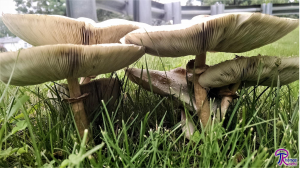#205: Zearalenone
Zearalenone is a fascinating mycotoxin produced by Fusarium species. It is the only mycotoxin that mimics the effects of the hormone estrogen. In high doses, it causes sexual organs to develop incorrectly. Pigs are the most susceptible animals and suffer estrogenism and vulvovaginitis when exposed to high levels of zearalenone. The toxin is present in many grain-based foods intended for human consumption, but usually at very low levels. As a result, zearalenone is generally harmless to humans.

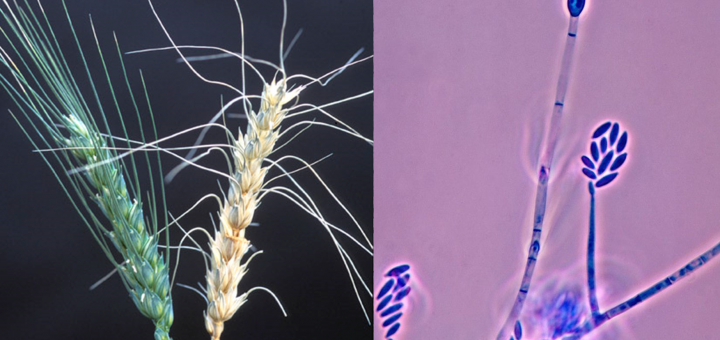
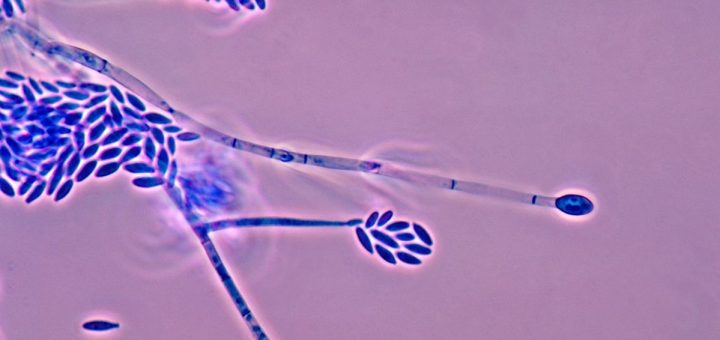
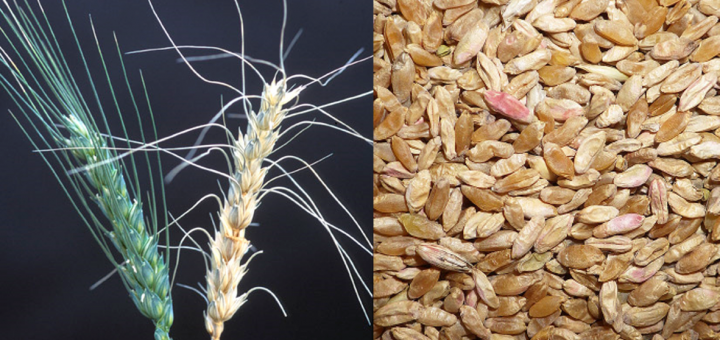
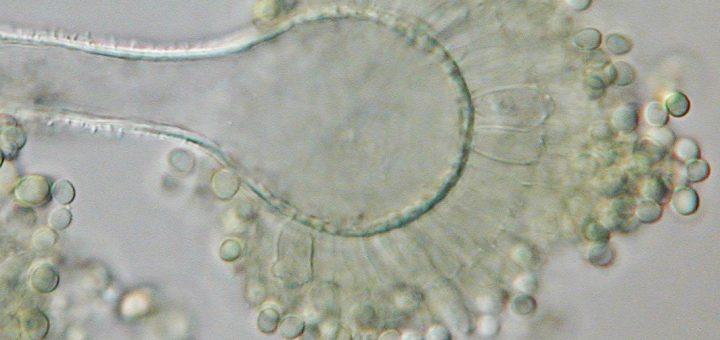
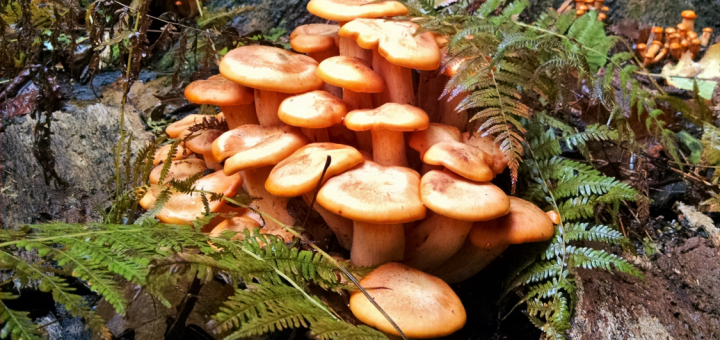
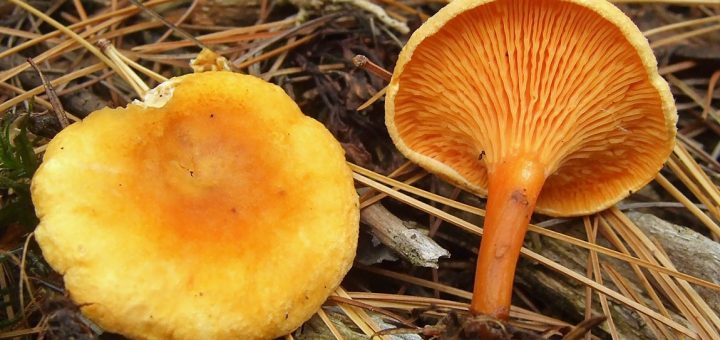
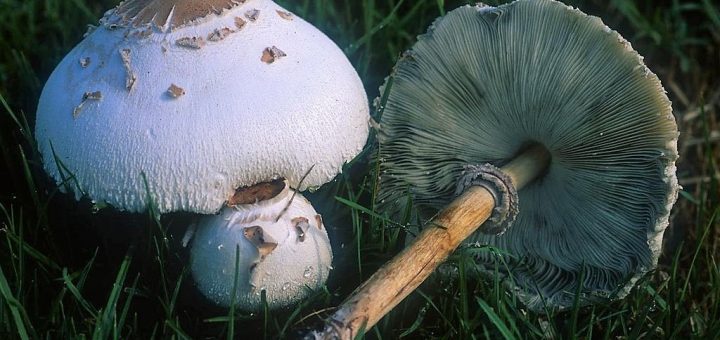
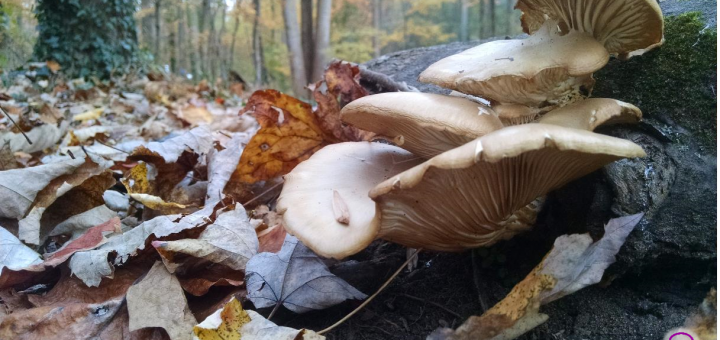
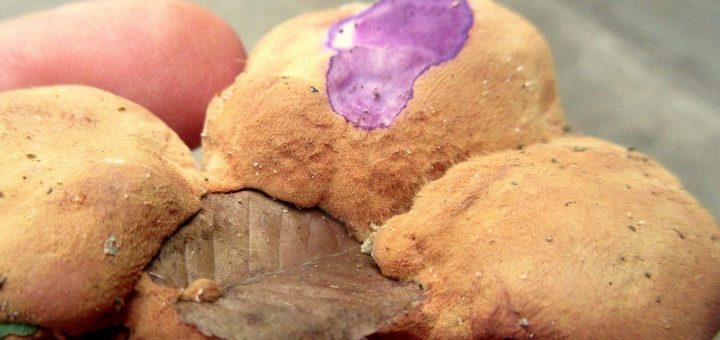






![#011: Characteristics of Kingdom Fungi [Archived]](https://www.fungusfactfriday.com/wp-content/themes/hueman/assets/front/img/thumb-small-empty.png)

